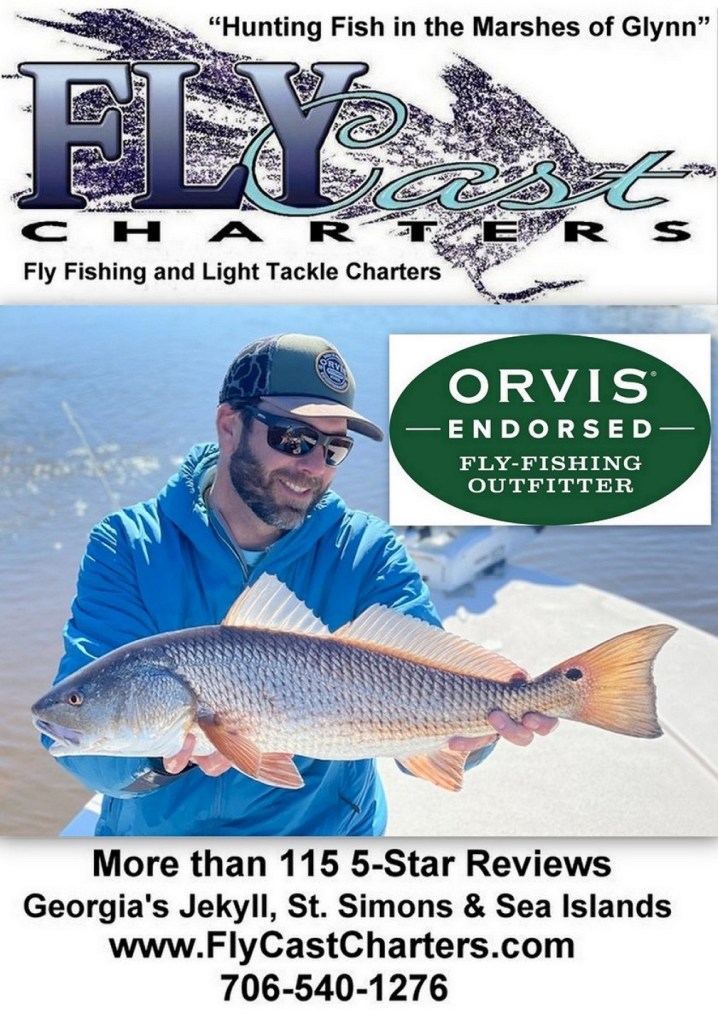UNI Products Fly Tiers Corner
The fly’s creator walks us through its back story and how it’s tied
August 2022
Article and photos by Kent Edmonds
I returned to Georgia (after a trip to the Henry’s Fork for the salmonfly hatch) with a box full of Turck’s Tarantulas, and discovered they worked great for bass and sunfish. The cone-shaped deer hair head made it dive on a quick strip, and the rubber legs wiggled even at rest. The most enticing aspect was the “bloop” sound it made on the dive. The only down side to catching so many fish was that after a while the deer hair got slimed and water-logged.
This was the early 1990s and sheet-foam flies were growing in popularity. I decided to try and adapt the sheet foam to a fly that acted like the Tarantula. The resulting fly turned out to be a combo of the Tarantula along with the Dahlberg Diver and Whitlock’s Diving Frog (maybe the best topwater bass bugs ever).

The Stealth is a foam diver/slider that wiggles and dives on the retrieve. It casts easily without the twisting of lipped flies, but dives enticingly on the strip. The rear tab of foam and the air space below it captures air, which bubbles on the dive. The turbulence it creates, along with the dynamics of the wing, cause the fly to move from side-to-side. And because it sits a little lower in the water than the traditional bass popper, the hook-up ratio is quite good

The Stealth Bomber diving on the strip
The Stealth can be fished in numerous ways – dead-drifted in current, dead stops and slight twitches in still water, chugged hard with stops in between, or stripped steadily so it will continue to dive. The dive will be most pronounced with the rod tip on the water pointed at the fly with no slack. It can also be adapted to various forage types. For example, a shrimpy version has worked well for redfish, snook and tarpon.

When fishing the Stealth, use a fairly heavy tippet (I like 1x or 0x on #6 Stealth) or the tippet will twist when casting. Second, don’t set the hook by lifting the rod tip, but rather with a strip strike. And whenever possible, fish with your rod tip on are near the water and pointed at the fly. This will put you in a much better position to strip strike. In addition to better hook sets, this will enable you to make the fly dive hard with a very short strip since there is no slack in the line.
Tying The Stealth Bomber
My original Stealth Bomber was tied with foam and only a basic tail. I started tying it around the time of the first Gulf War, and in black it resembled the B-2 Stealth bomber. These days, I often tie some in bright color combinations and add flash wings and rubber legs. A friend named this version the “Full Pimp”. The “stealth” name hardly applies to its appearance anymore, but its action can still be quite stealthy if you drift it or work it with soft twitches.

The foam shape has evolved over the years to improve balance and action. The wide over-wing section is now more rounded and creates a better balance and improves the action. River Road Creations makes custom cutters for the foam – they make it quick and easy (not to mention way neater) to cut the foam.
In larger sizes, especially in locations where the main forage is baitfish, I tie the fly without the rubber legs.

Multiple species will eat the Stealth Bomber
Tying Notes
- Tie the tail sparsely. Too much tail material inhibits the side-to-side wiggle. Bucktail is my norm for freshwater.
- Make sure to tie the tail on the straight part of the hook shank so that the tail does not angle down and is not pushed down by the foam. This can cause the fly to ride in upside-down.
- Dub the body very lightly.
- Flashabou in the underwing makes it easier to see the fly.
- The top foam wing must be tied down very tightly and in the proper position so that it wraps around the top of the hook in a half-cone shape. If it lays flat on the body the fly will not dive and wiggle correctly. It may also land upside down.
- The fly is not tied off at the head, but rather at the center tie-down point where the legs (if you are using them) are attached.
- If you need additional floatation when tying the larger sizes, the long narrow tab of the fly can be cut longer and formed into a bigger loop.

Complete tying instructions and more are available on my website.





